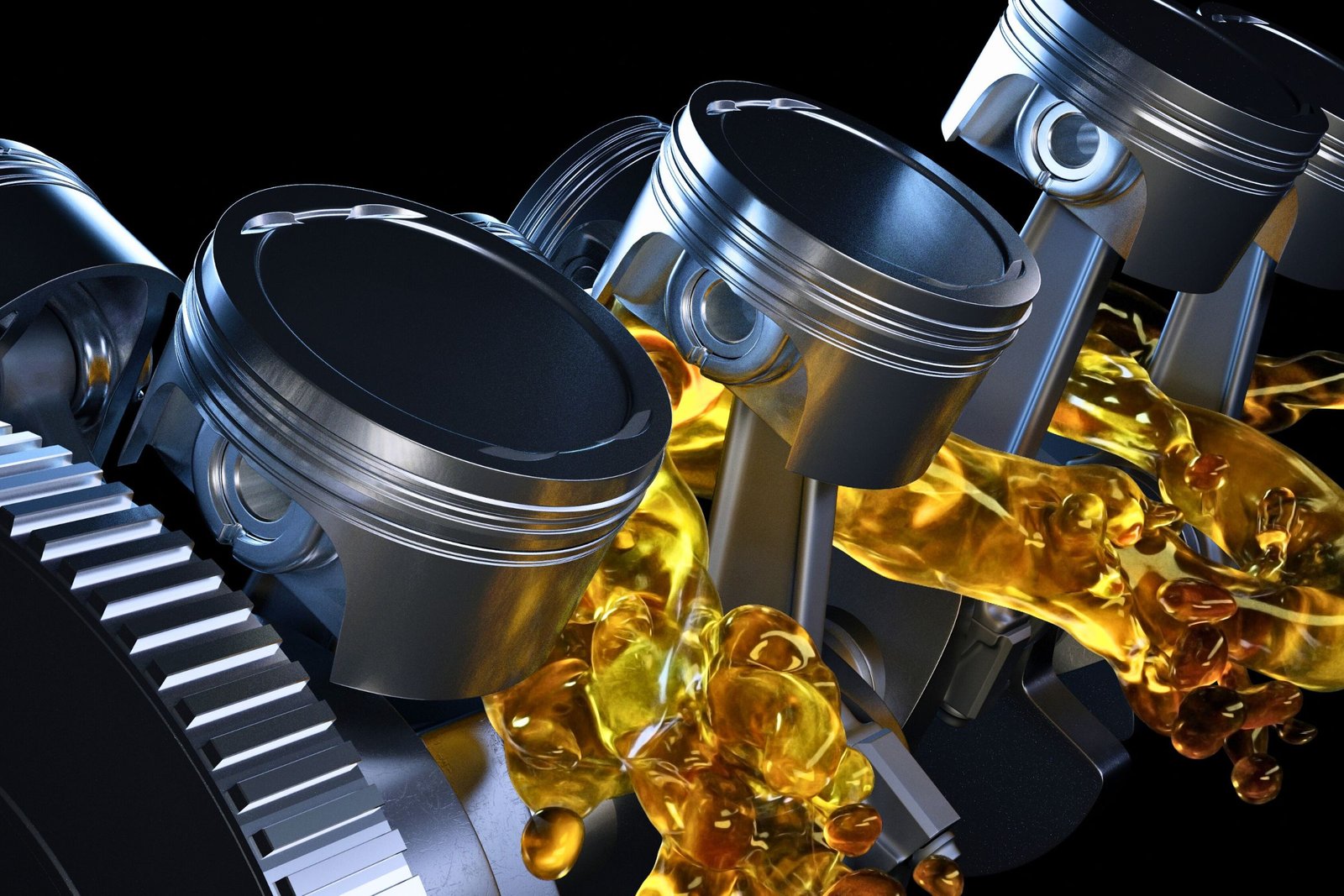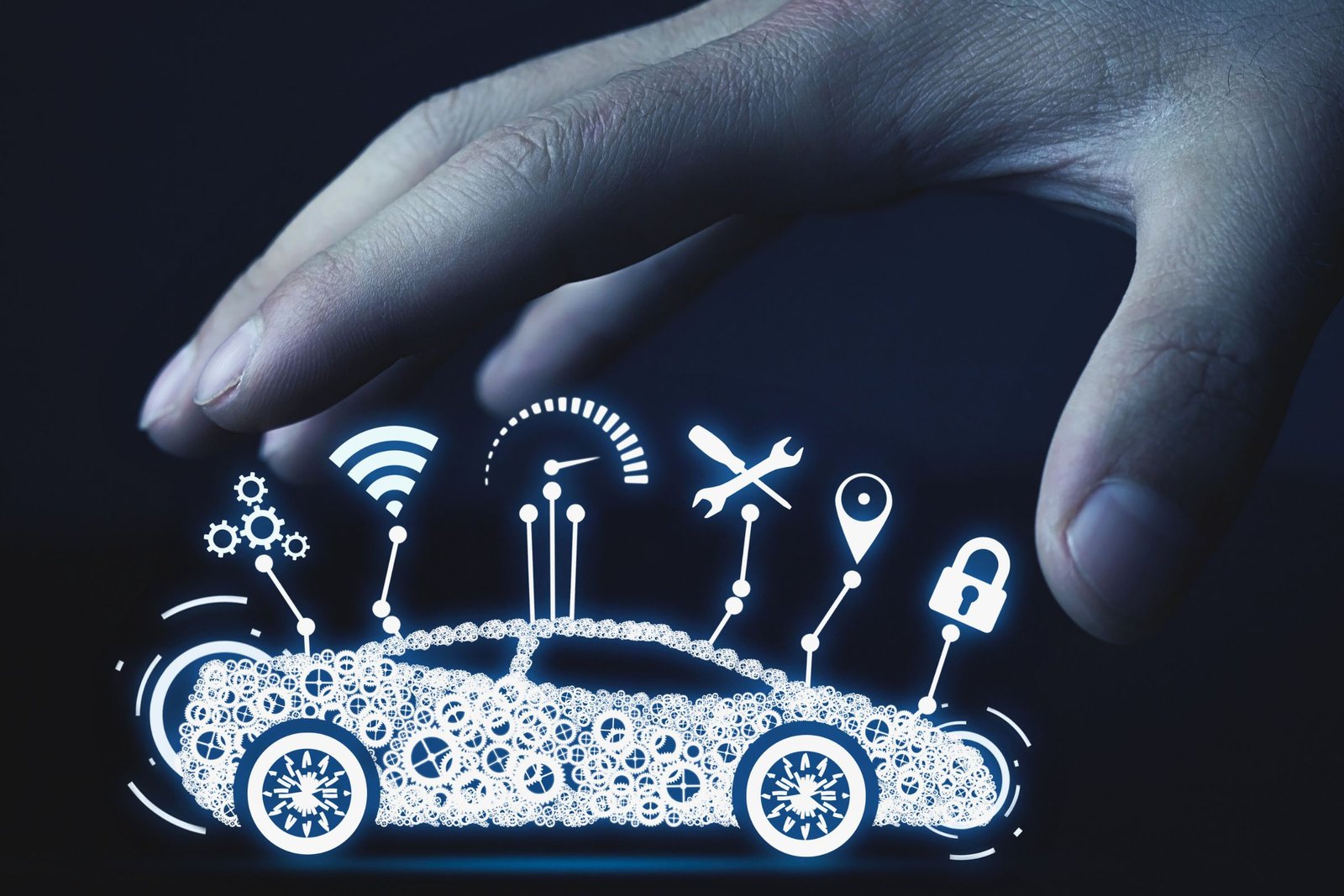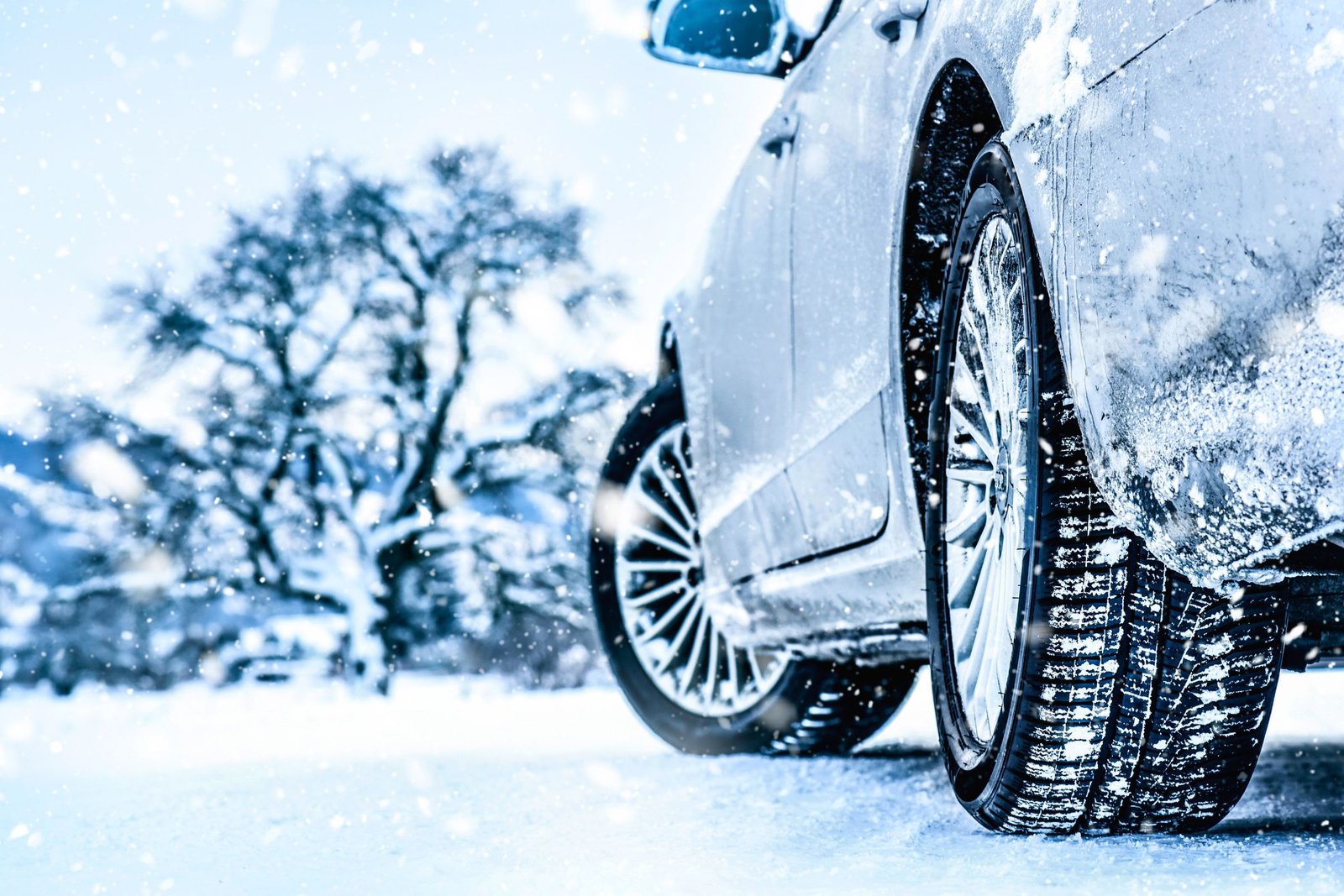As winter’s icy grasp tightens its hold, drivers are confronted with age-old rituals and evolving automotive technologies that shape the way we approach winter car care. The debate over whether to idle your car in the frigid morning air has taken a back seat to the advancements in modern engines and the imperative for eco-friendly driving practices. In this exploration, we’ll unravel the myths surrounding engine warm-up, delve into the impact of idling on fuel efficiency and the environment, and uncover the intricate dance between cold weather and engine lubrication.
Moreover, as we navigate this changing landscape, we’ll offer practical tips for winter car care — a guide not only rooted in tradition but adapted to the complexities of modern automotive technology. From selecting the right oil viscosity and checking the battery to embracing sustainable driving habits, the road to winter car care is one that combines timeless wisdom with the innovations that propel us into a new era of conscientious motoring. So, buckle up as we embark on a journey through the winter roads, blending tradition and technology for a safer, more efficient drive.
The Myth of Engine Warm-up

For decades, the notion of warming up the car before driving has been deeply ingrained in the driving culture. The idea was rooted in the belief that letting the engine idle for a few minutes would allow the oil to reach optimal viscosity and ensure smooth functioning. However, as automotive technology has advanced, so has the efficiency of engines, rendering this practice obsolete.
Understanding Modern Engine Technology
Modern engines are engineered with precision and equipped with advanced materials and lubricants that significantly reduce the need for a warm-up period. Unlike older models, where carbureted engines required a moment to stabilize, today’s fuel-injected engines adjust to cold temperatures swiftly. Fuel injection systems precisely regulate the air-fuel mixture, ensuring combustion efficiency from the moment you turn the key.
Oil Circulation and Viscosity
The traditional belief in warming up the engine often centered around the idea that cold oil is thicker and less effective in lubricating engine components. While it is true that cold temperatures can affect oil viscosity, modern oils are formulated to provide adequate lubrication even in frigid conditions. Engine oils now have additives that enhance flow at low temperatures, allowing for rapid circulation and protection upon startup.
Efficient Combustion and Emission Control
Prolonged idling not only wastes fuel but also contributes to increased emissions, a concern in our environmentally conscious era. Modern engines are equipped with sensors and systems that optimize the air-fuel mixture for efficient combustion, even in cold conditions. The catalytic converters in today’s vehicles are designed to reach operating temperatures relatively quickly, further minimizing emissions during the critical initial minutes of operation.
Reducing Wear and Tear
Contrary to popular belief, excessive idling can actually contribute to increased wear and tear on the engine. When the vehicle is stationary, the engine operates at lower RPMs, causing incomplete combustion and carbon buildup in the combustion chamber. Over time, this can lead to the deterioration of spark plugs and other components. Driving your car moderately after a brief warm-up, on the other hand, allows for more efficient combustion and reduced wear on engine parts.
In essence, the idea of warming up your car for an extended period is a relic of a bygone era. Today’s engines are designed to handle cold starts efficiently, providing optimal performance and longevity without the need for prolonged idling. As we continue to embrace technological advancements in the automotive industry, it’s essential for drivers to update their habits and adopt practices that align with the capabilities of modern engines.
Fuel Efficiency and Environmental Impact

In the quest for a toasty warm interior during winter, many drivers unknowingly contribute to fuel wastage and environmental harm by idling their cars for an extended period. Understanding the implications of prolonged idling on both fuel efficiency and the environment is essential for making informed decisions as conscientious motorists.
Fuel Consumption During Idling
The simple act of letting your car idle to warm up can have a significant impact on your fuel consumption. Unlike driving, where the engine operates at varying speeds, idling keeps the engine running at a consistent RPM, consuming fuel without covering any distance. Studies have shown that idling for just 10 seconds uses more fuel than restarting your engine.
Carbon Emissions and Air Quality
Beyond the economic impact of wasted fuel, prolonged idling contributes directly to increased carbon emissions. Carbon dioxide (CO2), carbon monoxide (CO), and nitrogen oxides (NOx) are among the pollutants released during combustion. In urban areas, where vehicles are often stationary in traffic or parking lots, the cumulative effect of idling vehicles can degrade air quality and contribute to respiratory issues.
Eco-Friendly Driving Practices
Recognizing the environmental impact of idling, adopting eco-friendly driving practices becomes paramount. Instead of idling to warm up, consider driving gently for the first few minutes after starting your car. This not only warms up the engine more efficiently but also promotes better fuel combustion, minimizing emissions. Additionally, modern engines are equipped with technology that adjusts to cold conditions, making extended idling unnecessary.
Technological Solutions
Some vehicles come equipped with start-stop systems that automatically turn off the engine when the car is stationary and restart it when you release the brake pedal. These systems help reduce fuel consumption and emissions during periods of inactivity. Additionally, electric and hybrid vehicles offer an environmentally friendly alternative, producing zero emissions during idle periods.
Regulatory Measures and Awareness
Governments and environmental agencies worldwide are increasingly recognizing the environmental impact of idling and implementing regulations to curb this practice. Many regions have introduced anti-idling laws, limiting the time a vehicle can idle when parked. Raising awareness about the environmental consequences of idling is crucial in encouraging drivers to adopt eco-friendly habits during the winter months.
In conclusion, idling your car to warm it up in winter comes at a cost—both to your wallet and the environment. Understanding the implications of prolonged idling on fuel efficiency and air quality empowers drivers to make eco-friendly choices. As we navigate the challenges of winter, adopting sustainable driving habits becomes not only a personal choice but also a collective responsibility toward preserving our environment for future generations.
The Importance of Proper Lubrication

As winter’s icy grip tightens, the concern for proper engine lubrication becomes a focal point for car owners. Cold weather can indeed impact the viscosity of engine oils, raising questions about the necessity of idling to facilitate optimal lubrication. Let’s delve into the intricacies of lubrication in cold weather, examining whether the traditional practice of idling genuinely plays a significant role in preserving engine health.
Understanding Cold-Weather Lubrication
Cold temperatures can cause engine oils to thicken, potentially compromising their ability to flow smoothly and provide adequate lubrication to crucial engine components. This concern is particularly relevant during startup, as it’s when the engine is cold that effective lubrication is most critical. Without proper lubrication, friction between moving parts can lead to wear and damage.
Modern Engine Oil Formulations
Advancements in lubricant technology have given rise to engine oils specifically formulated to combat the challenges posed by cold weather. These oils incorporate additives that enhance their flow properties at lower temperatures, ensuring prompt circulation throughout the engine. Synthetic oils, in particular, exhibit superior cold-flow characteristics, offering improved protection even in the harshest winter conditions.
Engine Warm-Up vs. Driving
While the traditional belief is that idling helps warm up the engine and, consequently, the oil, the efficiency of this method is questionable. Idling may increase engine temperature marginally, but the vehicle’s motion—driving—remains the most effective way to generate heat quickly. Driving gently for the initial minutes after startup promotes faster engine warm-up and, consequently, quicker oil circulation, aiding in better lubrication.
Monitoring Engine Parameters
Many modern vehicles are equipped with sensors and engine management systems that monitor oil temperature and adjust engine operation accordingly. These systems help ensure that, even in cold weather, the engine operates within the optimal temperature range for efficient lubrication. Idling for extended periods may not significantly contribute to achieving and maintaining these optimal temperatures.
Reducing Wear and Tear
The goal of proper lubrication is to minimize friction between moving parts, preventing wear and tear. Interestingly, excessive idling, rather than being beneficial, can contribute to increased wear. As mentioned earlier, idling keeps the engine at lower RPMs, leading to incomplete combustion and carbon buildup, which, over time, can accelerate wear on critical components.
While cold weather does pose challenges to engine lubrication, the traditional practice of idling might not be the most effective solution. Modern engine oils, coupled with advancements in engine management systems, allow for efficient lubrication even in chilly conditions. Emphasizing gentle driving in the initial minutes after startup remains a more practical and effective approach to ensure proper engine lubrication during winter.
Modern Car Technologies

In the ever-evolving landscape of automotive technology, the winter ritual of warming up your car is becoming increasingly outdated. Modern vehicles are equipped with a myriad of sophisticated technologies designed to enhance performance, efficiency, and overall driving experience, rendering the traditional practice of idling largely unnecessary. Let’s explore how these cutting-edge advancements contribute to minimizing the need for extended warm-up times during the winter season.
Direct Fuel Injection and Cold Starts
One of the significant technological leaps in modern engines is the adoption of direct fuel injection systems. Unlike older engines that relied on carburetors, direct injection precisely delivers fuel directly into the combustion chamber. This not only improves fuel efficiency but also facilitates more efficient cold starts. The precise control over the air-fuel mixture allows for quick ignition, reducing the need for prolonged idling to stabilize the engine.
Electric Heaters and Cabin Comfort
Newer vehicles often feature electric heaters that not only warm up the cabin faster but also contribute to a more efficient overall warm-up process. These heaters operate independently of the engine, drawing power from the electrical system. As a result, drivers can enjoy a comfortable interior temperature without having to leave the engine running for extended periods. This innovation not only saves fuel but also promotes a more eco-friendly driving experience.
Engine Management Systems and Adaptive Controls
Sophisticated engine management systems play a pivotal role in optimizing engine performance across various conditions, including cold weather. These systems monitor a multitude of parameters, such as engine temperature, oil viscosity, and fuel-air mixture, to adapt and fine-tune the engine’s operation. In cold climates, the engine management system may adjust parameters to facilitate quicker warm-ups, reducing the reliance on idling for temperature stabilization.
Start-Stop Technology
An increasingly prevalent feature in modern cars is start-stop technology. This system automatically shuts off the engine when the vehicle is stationary, such as at traffic lights or during brief stops. When the driver resumes driving, the engine restarts seamlessly. Start-stop technology not only conserves fuel by eliminating unnecessary idling but also contributes to lower emissions, aligning with the growing emphasis on environmentally conscious driving practices.
Improved Materials and Manufacturing
Advancements in materials used in engine construction contribute to quicker warm-ups and reduced friction during cold starts. Components such as cylinder liners, pistons, and bearings are designed to withstand a wider range of temperatures, ensuring optimal performance from the moment the engine is ignited. These advancements, combined with precision manufacturing techniques, enhance overall reliability and reduce the need for prolonged idling.
In essence, the integration of these modern car technologies has transformed the winter warm-up ritual into a relic of the past. As consumers embrace vehicles equipped with direct fuel injection, electric heaters, adaptive engine management systems, and other innovative features, the necessity for extended idling diminishes. The future of winter driving lies in the seamless integration of technology that not only enhances performance but also aligns with eco-friendly practices, ushering in a new era of automotive efficiency.
Tips for Winter Car Care

As we navigate the winter months, it’s crucial to acknowledge that while the traditional practice of idling may not be as essential as once thought, proactive winter car care remains paramount. To ensure your vehicle performs optimally in colder temperatures, consider these essential tips and best practices.
Select the Right Oil Viscosity
Choosing the correct engine oil for winter is fundamental to maintaining engine health. Cold temperatures can cause oil to thicken, affecting its ability to lubricate effectively. Consult your vehicle’s manual to identify the recommended oil viscosity for winter conditions. Many modern synthetic oils come with formulations designed to flow efficiently in colder temperatures, ensuring proper lubrication during startup.
Check the Battery
Cold weather can take a toll on your car’s battery. Ensure that the battery is in good condition by checking for signs of corrosion on the terminals and cables. If your battery is several years old or shows signs of weakness, consider having it tested or replaced before winter sets in. A reliable battery is crucial for starting your car in cold weather.
Inspect and Replace Worn Wiper Blades
Visibility is key during winter driving, and functional wiper blades are essential for a clear view of the road. Inspect your wiper blades for any signs of wear or damage. If the blades are streaking or not clearing the windshield effectively, it’s time for a replacement. Consider investing in winter-specific wiper blades designed to handle snow and ice.
Ensure Proper Tire Pressure
Cold temperatures can cause tire pressure to drop. Check your tire pressure regularly, and make sure it meets the specifications outlined in your vehicle’s manual. Underinflated tires can affect traction and fuel efficiency. Additionally, consider switching to winter tires if you live in an area with heavy snowfall, as they provide better grip in cold and icy conditions.
Antifreeze and Cooling System Maintenance
Ensure that your vehicle’s cooling system has the right concentration of antifreeze to prevent freezing. Check for any leaks in the cooling system and address them promptly. A well-maintained cooling system is crucial for preventing engine overheating in winter conditions.
Pack an Emergency Kit
Prepare for unexpected situations by assembling a winter emergency kit. Include items such as a blanket, flashlight, extra batteries, a first aid kit, non-perishable snacks, and a shovel. Having these essentials on hand can provide comfort and safety in case you encounter difficulties during winter travels.
Practice Gentle Driving Habits
While the emphasis is on avoiding prolonged idling, adopting gentle driving habits in the initial minutes after starting your car is beneficial. Accelerate gradually and avoid aggressive maneuvers, allowing the engine to warm up naturally while promoting fuel efficiency and reducing wear on engine components.
By incorporating these winter car care tips into your routine, you can ensure that your vehicle operates at its best despite the challenges posed by colder temperatures. Proactive maintenance not only enhances safety and reliability but also contributes to the overall longevity of your vehicle. Winter driving becomes more manageable and enjoyable when you prioritize the well-being of your car through thoughtful and preventive care.
Conclusion

In the face of winter’s challenges, the age-old practice of idling your car to warm it up is being reshaped by advancements in automotive technology and a deeper understanding of modern engine dynamics. While the need for extended idling diminishes, the importance of proactive winter car care remains undiminished.
Modern engines, equipped with direct fuel injection, electric heaters, and adaptive controls, are designed to handle cold starts efficiently, rendering the traditional warm-up unnecessary. These innovations not only enhance performance but also align with eco-friendly practices, emphasizing fuel efficiency and reduced emissions.
As we navigate the winter months, it’s crucial to shift our focus from idling to adopting smarter driving habits and embracing proactive winter car care. Selecting the right oil viscosity, checking the battery, ensuring proper tire pressure, and maintaining the cooling system are vital steps in preparing your vehicle for colder temperatures.
Winter car care isn’t just about preserving the health of your vehicle; it’s about enhancing safety and reliability during challenging driving conditions. By practicing these tips and embracing the technological features of modern cars, you can confidently face winter’s chill without relying on outdated habits.
In this evolving era of automotive technology, drivers are empowered to contribute to a more sustainable future by acknowledging the environmental impact of idling and adopting eco-friendly driving practices. The road ahead is paved with innovation, and by aligning our habits with the capabilities of modern engines, we can drive into winter with confidence, efficiency, and a commitment to responsible car ownership.
The information provided in this article is intended for general informational purposes only. It is not a substitute for professional advice and should not be construed as such. The maintenance and care of your vehicle should always adhere to the recommendations and guidelines specified by the manufacturer.
Every car model is unique, and manufacturers may have specific instructions regarding engine warm-up, lubrication, and other aspects of winter car care. Users are strongly advised to consult their vehicle’s manual and adhere to the recommendations provided by the car manufacturer.
The content in this article is not an exhaustive guide for every make and model, and individual vehicles may have different requirements. Car user should consider the age, make, and model of their vehicles, as well as any specific features or technologies incorporated by the manufacturer. It is the responsibility of the car owner to familiarize themselves with their specific vehicle’s requirements and to seek professional advice if needed.
Always refer to the official documentation and guidelines provided by the car manufacturer for the most accurate and up-to-date information related to your vehicle’s care and maintenance. The information in this article is subject to change, and users are encouraged to verify details with the relevant sources.








